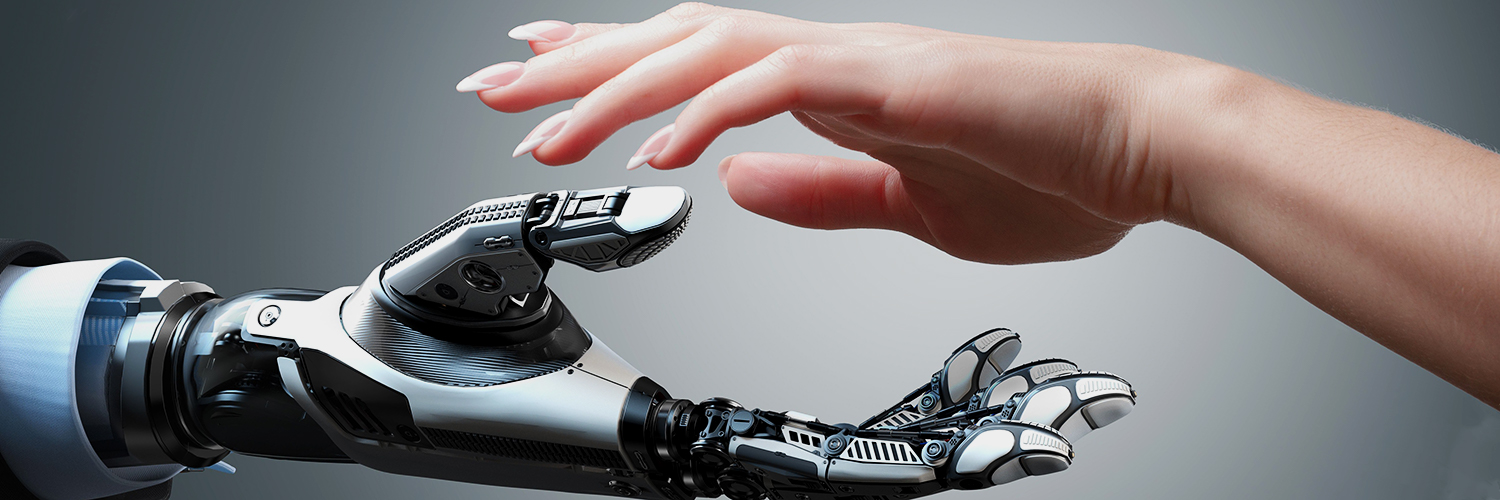
 Motivation
MotivationIn their daily practice, academics frequently face lack of access to modern equipment and devices, which are currently in use on the market. There is no opportunity to disassemble available devices for the purposes of presenting the components and construction as well as clarifying related physical phenomena. Laboratory exercises must be carried out under supervision, hence students do not have the ability to self-configure the equipment, experience states of emergency or effects of misconfiguration which may lead to equipment damage. Moreover, there is no possibility to practice and catch up outside the laboratory schedule. The above mentioned factors manifest in deficiencies in fundamental knowledge and practice of graduates, which cause inability to properly react to the challenges at future workplace.
 Innovation
Innovation
Currently mechatronics classes are divided into two parts. The theoretical lectures and the practical laboratory part, where students get limited access to the machines or conduct computer based simulations. The latter may seem abstract and unclear for the students and does not fully reflect the physical phenomena of particular processes. Moreover, due to the fact that each laboratory has to be supervised by technical staff, there is a limited time window for each type of exercise to be conducted. A student's’ absence for a longer time period might even render an exercise impossible to perform in a given semester. A similar issue raises if an exercise needs to be repeated by a part of a student’s group, this requires additional supervisors and disrupts the machine access planned for the whole semester which is in line with the lectures and curriculum.
The innovation of proposed approach lies in developing and disseminating a novel mechatronic learning system, based on face-to-face driver model of blended learning, into European education. Blended learning it is a hybrid method, which combines digital media (in our case virtual reality) with traditional classroom methods. This method is reportedly more effective than purely face-to-face classes. Moreover, this is a direct feedback from academics and students, who were consulted with when clarifying the idea for this project. Both groups declared that they are interested and willing to use the proposed approach.
Virtual Reality (VR) is a technology that provides an interactive computer generated environment in which one can see and move in a dynamically changing scenario. VR simulates user's physical presence in an artificially generated world and allows to interact with the environment.
 Our solution
Our solution
Responding to above mentioned needs, we would like to enrich study programmes of all partners by implementing an innovative method for teaching and learning mechatronics based on virtual reality (VR), which will include the below mentioned scenarios.
Construction and operating principles of electric motors - 3D models will be designed based on authentic devices, according to their technical documentation. It will enable virtual assembly and disassembly of individual elements of the motor (i.e. rotor, permanent magnets, windings, bearings). The simulation module will present the principles of the machines used in mechatronic systems. Virtual models will enable to analyse the impact of supply conditions (i.e. values of voltage and frequency, pulse frequency) on the work of a particular motor.
Production line - This scenario will familiarize users with the work of typical production lines or their most important fragments. Virtual models of production lines will be controlled using the virtual or authentic PLC controler. The production lines will be equipped with virtual actuators and sensors. The user will be able to program a PLC controller using a ladder diagram. The virtual production line will be launched according to user's programming. One will be able to asses the correctness of created programming and experience full scale effects of potential errors or misconfiguration. Additionally, this scenario will include states of emergency which may lead to equipment damage.
Electro-pneumatic systems - The third scenario will consists of specialised virtual exercises providing the necessary theoretical and practical knowledge in the field of pneumatics and electro-pneumatic. The user will be introduced to the construction and the principle of pneumatic and electro pneumatic actuators and controls used in the industry. Additionally the user will be able to select pneumatic components according to the requirements of an industrial manufacturing processes. In order to acquire skills of appropriate selection and configuration of the electro-pneumatic control systems, the user will configure and test electro-pneumatic systems, using the virtual workstation


Prof. Sławomir Wiak 

Dorota Kamińska 

Gholamreza Anbarjafari 

Rain Eric Haamer 

Toomas Tikk 

Tomasz Sapiński 

Nicoletta Galli 

Marcin Lefik 

Mariana Raudsepp 

Maria Evelina Mognaschi 

Goga Cvetkovski 

Lidija Petkovska 

Grzegorz Zwoliński 

Agnieszka Michałowska-Dutkiewicz 

Kamil Chruściński 

Anna Firych-Nowacka 

Paolo Di Barba 

Maja Celeska 

Mihail Digalovski 

Najmeh Rezaei 
According to Career Office of TUL over 50% of mechatronics graduates feel unprepared for their professional work. The surveys show a high demand for practical exercises, which the university is unable to provide due to limited resources in staff and equipment.
According to Operational Programme Human Capital, nearly 80% of employers reported problems with finding qualified workers in 2014.
Global virtual reality revenues will reach $7.17 billion by the end of this year, according to a new report by Greenlight Insights, which is also predicting that global VR revenues will total close to $75 billion by 2021.
